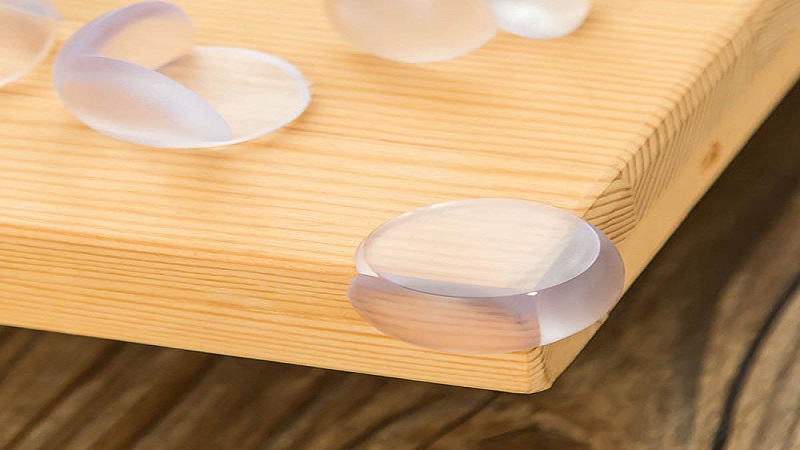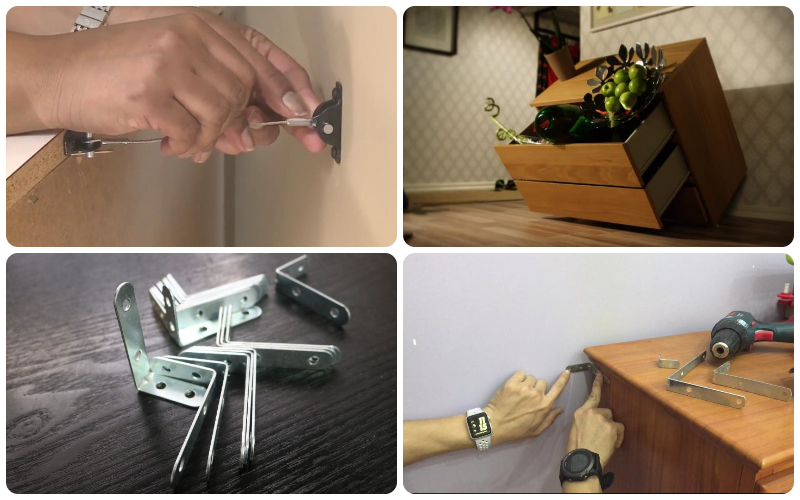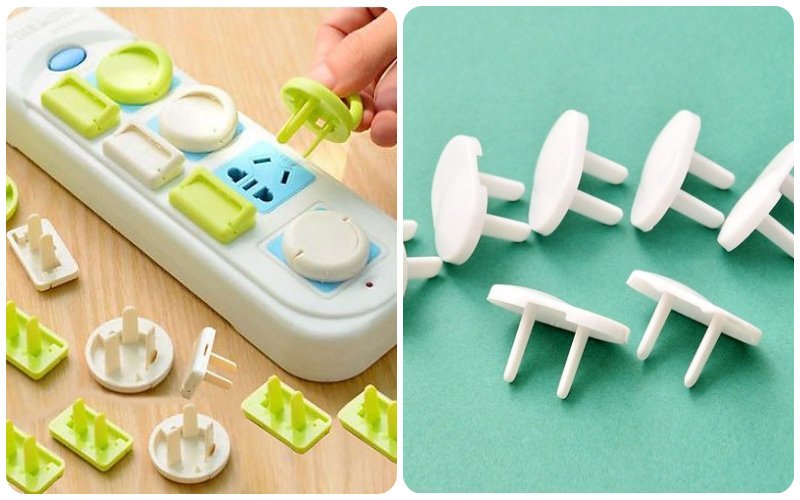Child-proofing your home is essential, especially with the recent rise in accidents involving young children. Here are some safety must-haves for your home to ensure your little ones are safe, even when you’re not around:
1 Balcony Safety Net
 Balcony Safety Net
Balcony Safety Net
For families living in apartments or condos with young, active children who love to climb, a balcony safety net is a necessity. Also known as an invisible fence, it is made of stainless steel cables coated in plastic and tensioned between two aluminum bars, which are installed above and below the railing.
This net not only helps keep your little ones safe but also adds a layer of security to your home, all without obstructing your view or altering the architecture.
2 Corner Guards
 Corner Guards
Corner Guards
Furniture with sharp corners, such as tables, chairs, and cabinets, can be hazardous to young children. The sharp edges can cause injuries if children run or play near them and accidentally bump into them.
To eliminate this danger, invest in corner guards made of silicone, plastic, or rubber to soften the impact and protect your little ones as they explore and play. These guards are easy to install and provide peace of mind, ensuring your child’s safety around the house.
3 Cabinet Wall Straps
 Cabinet Wall Straps
Cabinet Wall Straps
With young children’s natural curiosity and love for climbing, it’s no surprise that they might try to scale cabinets and drawers. To prevent accidents and keep your little ones safe, it’s essential to secure your furniture to the wall.
Cabinet wall straps, such as metal brackets or L-shaped hooks, are easy to install and provide a simple solution to this concern. For the hooks, simply screw them into the wall and the top of the cabinet. For added security, you can increase the number of hooks used. Alternatively, metal brackets (L-shaped hooks) can be attached to both the wall and the cabinet, providing a sturdy and safe solution.
4 Safe Electrical Outlets
 Safe Electrical Outlets
Safe Electrical Outlets
Children are naturally curious, and electrical outlets can be a source of fascination for them. To prevent electrical accidents, it is crucial to invest in outlet covers or safety outlets with built-in covers.
There are various types of outlet covers available on the market, offering protection for your children and safeguarding your home’s electrical system.
5 Non-Slip Bath Mat
 Non-Slip Bath Mat
Non-Slip Bath Mat
Slippery floors in the bathroom can lead to accidents, especially for young children. To prevent this, invest in a non-slip bath mat to provide traction and stability for your entire family.
There are various options available, made from plastic or rubber with suction cups or holes for drainage. These mats not only prevent slips and falls but also make it easier for your little ones to move around in the bathroom with confidence.
The above safety measures are essential for any family with young children. They provide peace of mind and ensure your little ones’ safety, even when you’re not around.









